Accurascale ACC2532 21t Hopper BR Grey Pack A Triple Pack


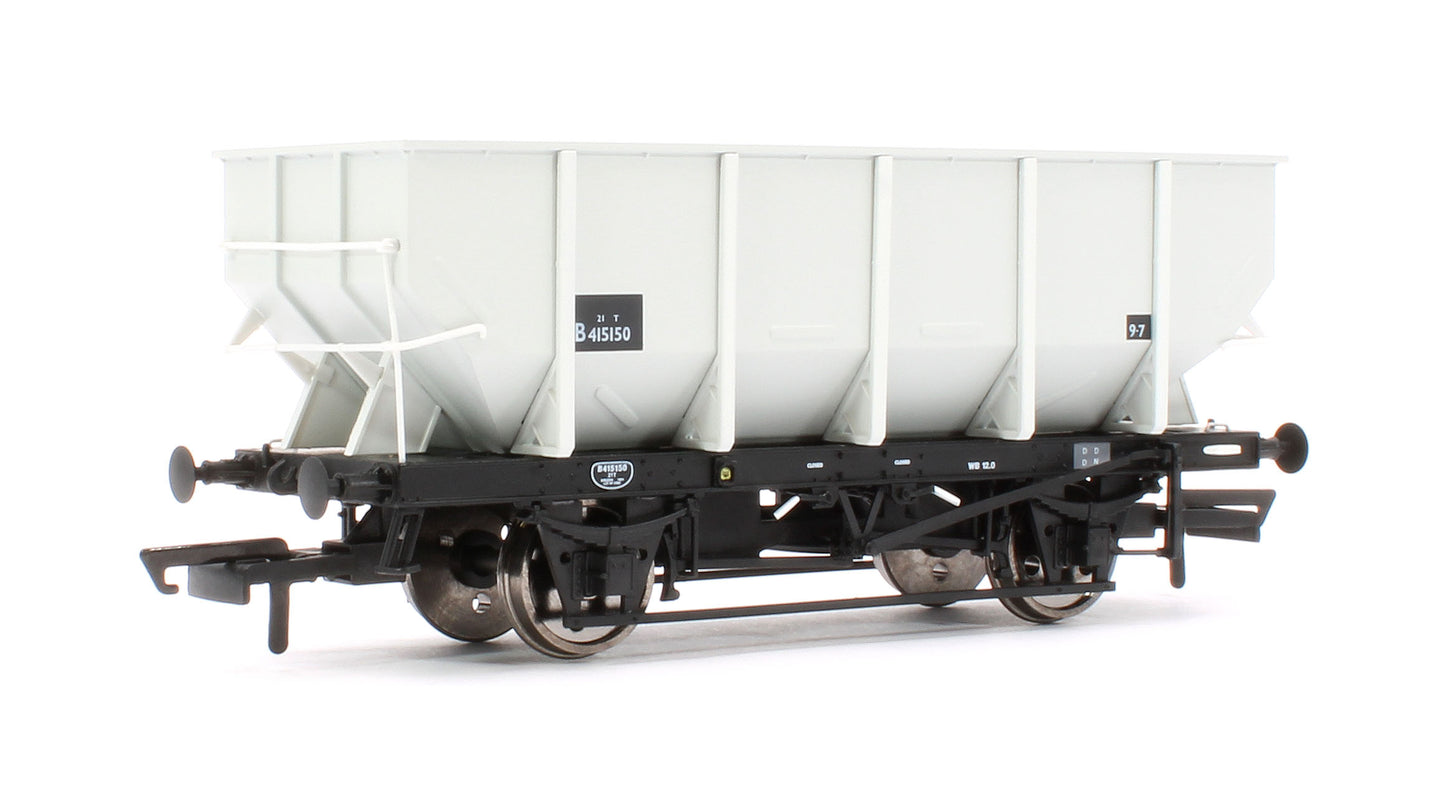

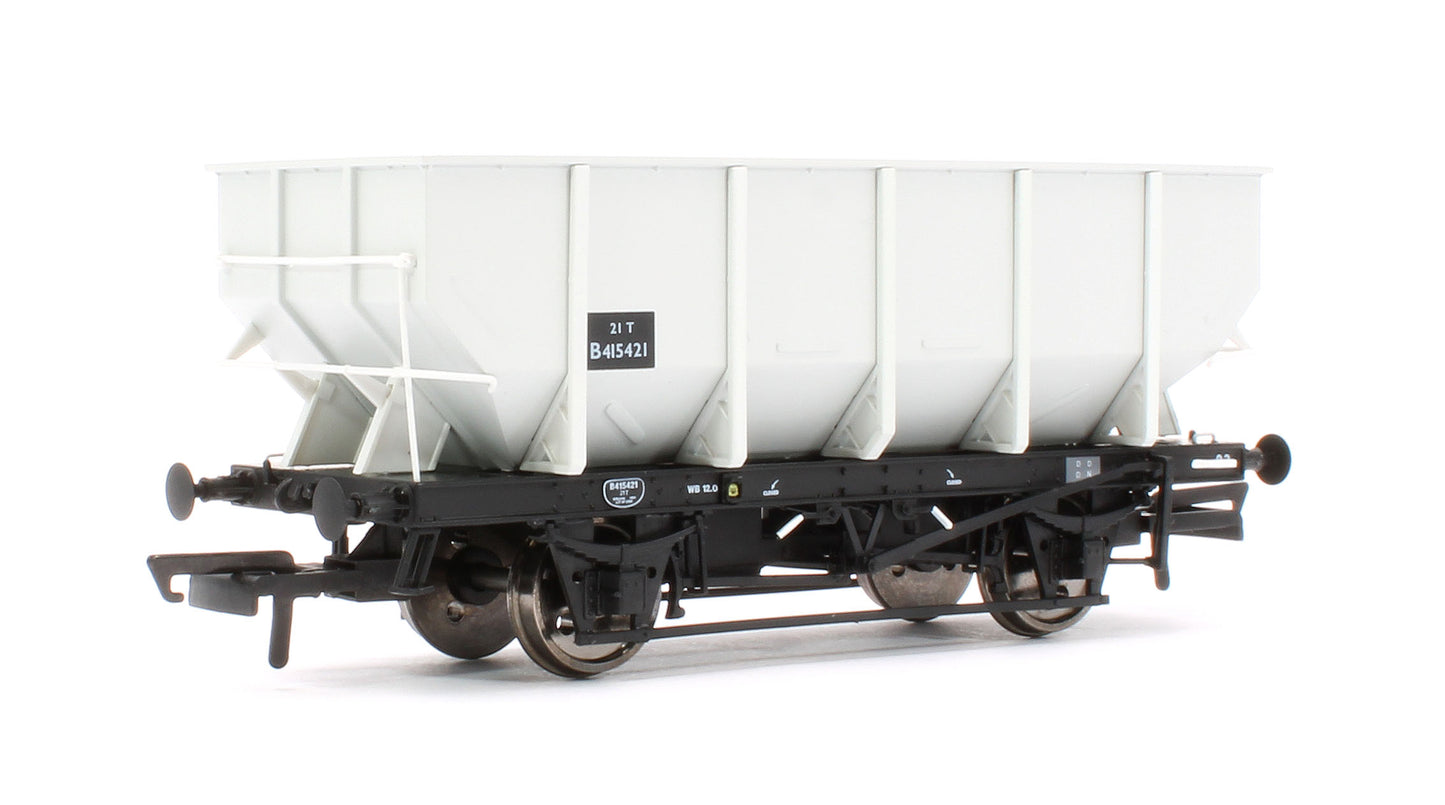
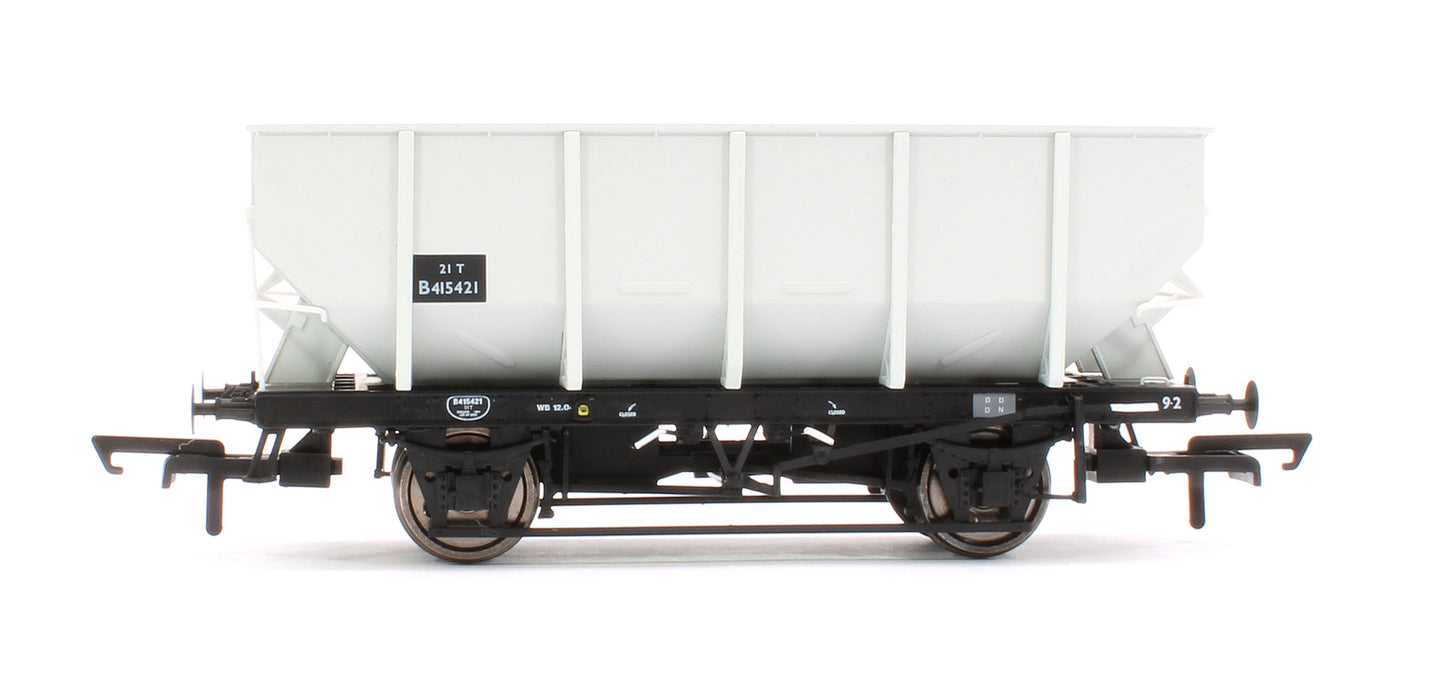
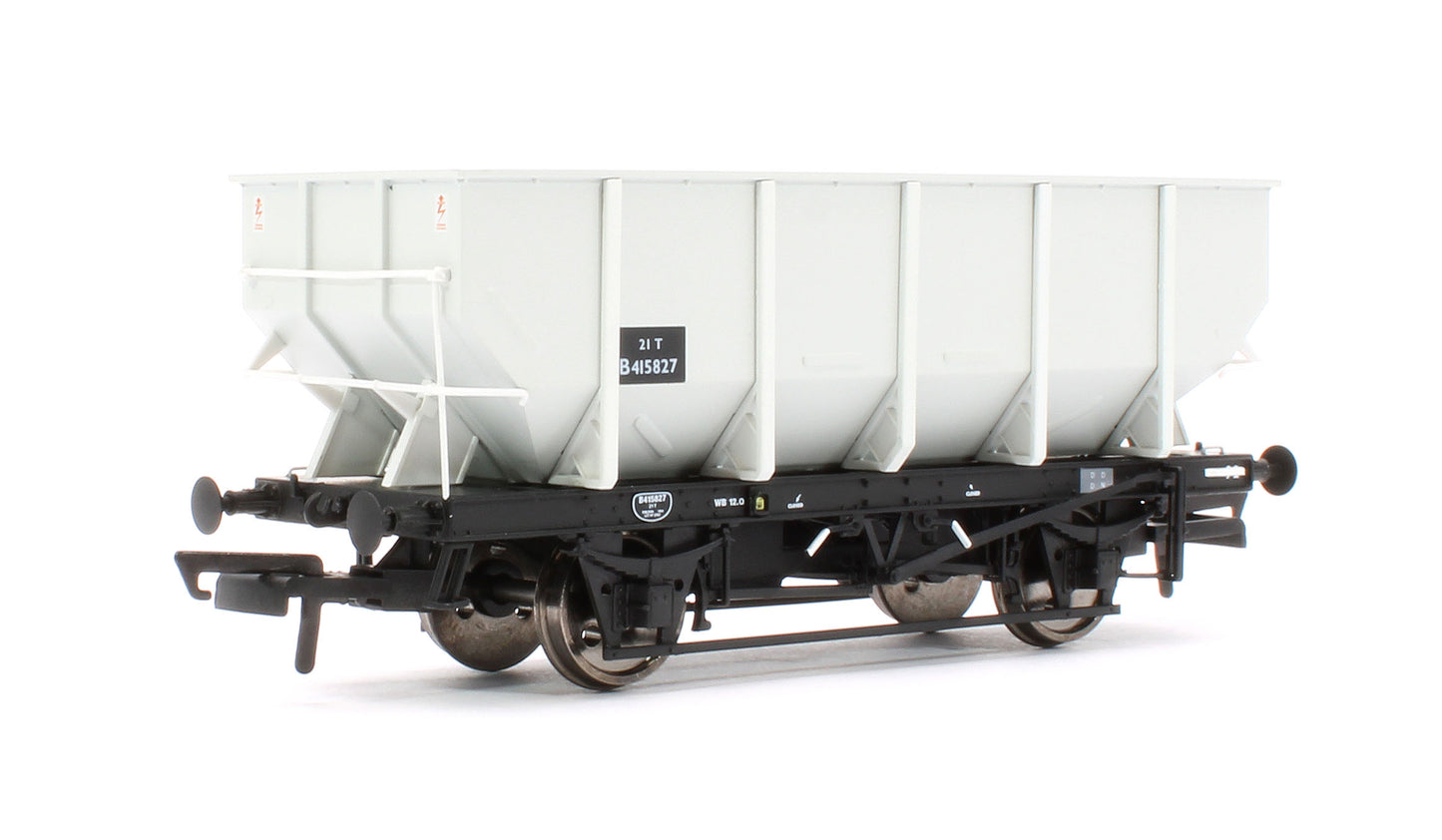
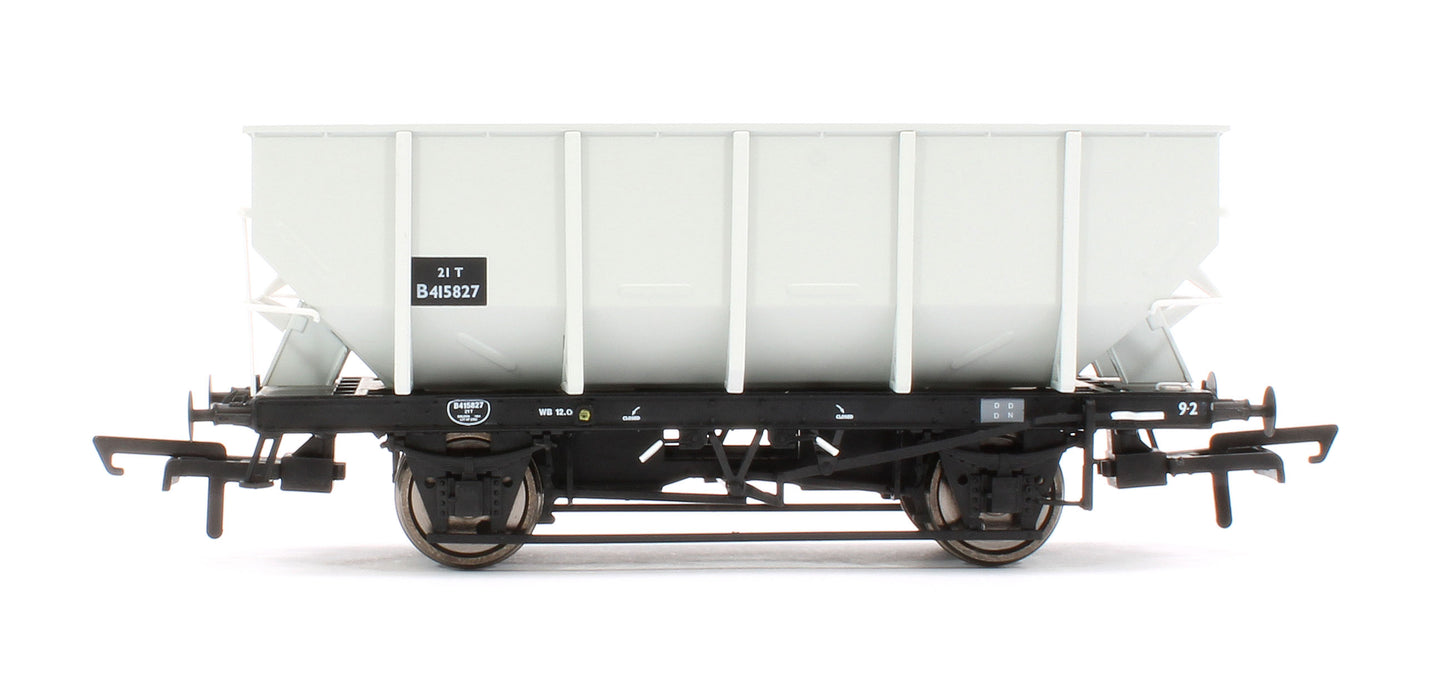
Product Details
| SKU | ACC-ACC2532 |
|---|---|
| Vendor | Accurascale |
| Categories | Accurascale Accurascale OO HTO/HTV Wagons Best selling products Discontinued Inventory Clearance Era 4 Era 5 Free Postage HO-OO In stock Items Latest Releases New products OO Gauge Latest Releases OO Gauge Rolling Stock OO Gauge scale OO Gauge Wagons & Freight Rolling Stock Wagons & Freight |
| Scale | OO Gauge |
| Share | |
| Features |
|
Product Description
Pack A
Original 5-rib body style with grease axle boxes. BR grey livery with 21T markings.
B415421
B415150
B415827
Accurascale today announces the latest addition to their “Powering Britain” line of coal wagons through the ages of the railway; the diagram 1/146, 1/147 and 1/149 BR 21 ton coal hopper wagons; more commonly known as “HOP21”, “HOP21VB” HTO and HTV (vacuum fitted). These wagons will be offered in their original and rebodied formats.
Prototype History
The British Railways 21 ton hopper can trace its lineage back to the LNER designed 20t hopper wagons of 1935. These hopper wagons, which had rivetted bodywork and a long handbrake lever which extended above the solebar, kick-started a development process that would lead to over 9000 wagons being built by various wagon builders by the time nationalisation came in 1948.
Further to this, there were almost as many wagons on order for delivery which would be completed to the then new British Railways over the coming years as the design evolved. BR Continued to build these wagons to a development of the design with eventually over 23000 being completed. The came under a variety of guises and names and could be referred to 21t hoppers, HOP21’s and HTO’s covering the unfitted whilst HOP21VB and HTV covering the vacuum fitted variants.
Accurascale’s 21t hopper project starts with the most numerous of the BR diagrams, the 1/146. By the time these were built BR had removed the earlier LNER style high handbrake lever and moved to a Morton 4-shoe brake arrangement. The vast majority of this diagram had welded bodywork with 5 upright strengtheners and were to become the “standard” British Railways 21 ton hopper wagon with 16800 built to this diagram by both BR workshops and contractors. Ealy builds to this diagram had 5 full depth stanchions/strengtheners but soon the centre one was cut back at 45 degrees at the bottom to clear the hopper operating levers. All wagons were unfitted with vacuum brake.
Diagram 1/147 was created to cover a rebodying and upgrading program for earlier riveted and LNER braked wagons. The new bodies were originally visually similar to the 1/146 welded 5-stanchion body however one noticeable difference was the removal of the plate end supports and their replacement with 3 separate angle supports. As the program reached the diagram 1/146 wagons it was to also include fitting of vacuum braking and a new style of 2-rib body. A further development on this diagram was the up-plating of the rebuilt wagons with a number fitted with stronger springs allowing the capacity to be uprated to 25t.
These uprated wagons found their way on to aggregate traffic as well as the standard coal – many could be seen with the “Stone” logo and pool code painted on the side.
Diagram 1/149 was reserved for a development of the 1/147 rebodied wagons to be “new build” with 5-rib bodies and vacuum brakes. As it happened, most wagons of the 1000 wagon order to this diagram were outshopped unfitted with only a handful “piped”.
As the wagons were built, they naturally centred around the north east of England as their predecessors did but rapidly spread nationwide. They could be seen in trainloads from coalfields in south Wales, the northeast and everywhere in between right down to individual wagonloads being taken to local coal merchants for house coal supplies. Standard liveries were present with BR freight grey being used for the unfitted wagons and predominantly BR Bauxite for the fitted variants although there is plenty of evidence showing fitted wagons carrying the grey livery. One of the more striking liveries they carried in service was the 2 differing styles orange and grey the Charringtons coal concentration depots. Many of these wagons were fitted with vacuum operated disc brakes and ran a dedicated service between Mansfield and Palace Gates delivering house coal to the capital. Another livery variation was the bauxite “fitted” wagons bearing the “House Coal Concentration” lettering on their sides.
As BR shifted away from vacuum braked wagons and moved towards the HEA hopper for domestic coal supply, the HTO/HTV wagons were withdrawn, sold or repurposed. Of those that were sold, many went to the NCB for internal use or private companies such as ICI. Repurposed wagons could be found on engineers’ trains as ballast spoil wagons, simply reclassified as ZDV. This would turn out to just be the start of their engineering life as some would be cut down in height, their bottoms plated and would be classified as “TOPE” wagons and painted in engineers’ Dutch livery. A large number however would have their bodywork removed (sometimes for a second time) and replaced with a box body for spoil. These wagons were known as “CLAM” or “RUDD” and similarly painted in Dutch yellow and grey. This gave the wagons chassis a new lease of life and would take them in to the 2000s.
The Model
Accurascale’s first release of this much requested wagon covers the Diagram 1/146 5-rib hoppers in their unfitted guise and the 1/147 and 1/149 rebuilt 2-rib bodies both with and without vacuum braking. Their tooling suite means we have the ability to fit 4 different styles of axle box to match the prototype wagons, either plate or cast grease ‘boxes and SKF or Timken roller bearings.
Each wagon features a wealth of separately applied detail, from handrails on the diecast chassis and hopper ends to the intricate brake gear and hopper operating mechanism underneath, all museum quality detail and prototypical accuracy modellers now come to expect from Accurascale wagons and which is now their standard specification.
As well as a diecast chassis with full hopper detail, each wagon will ride on 26mm axles, which are 2mm in diameter, with pin points in brass bearing cups for ultimate smooth performance and ease of conversion to finescale tolerances.







